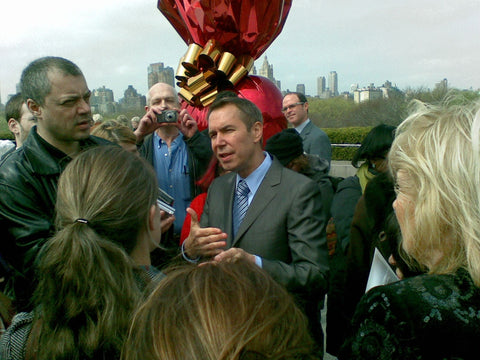
Jeff Koons, one of today's most notable artists, is famous for his skilled art, prolific career, and ability to successfully capture the essence of everyday objects in his works. Although he is mostly known for Jeff Koons Balloon Dog sculptures, many of his works have been featured in art galleries worldwide.
The artist immediately established himself as a well-known member of the Pop Art scene, despite starting his career at a young age and having no formal art school. The wealth of artworks Koons has created throughout his career sold for considerable sums of money and earned him a fortune.
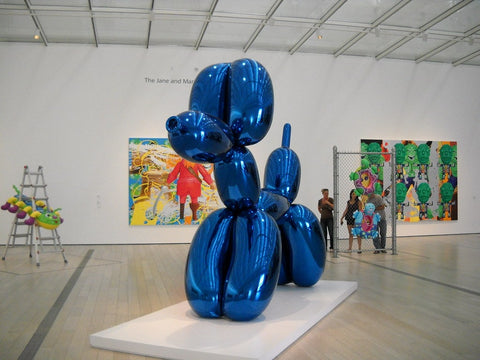
Although Jeff Koons' artwork has been highly criticised, there's no doubt that his visionary approach to Pop Art revolutionised the movement. Whether you are a fan of Koons' works or just a Pop Art nerd, this article will give you a detailed look at the career of one of our time's most notable artists.
Who is Jeff Koons?
The American Pop Art prodigy rose into the spotlight in the 1980s through the criticism he expressed in his art of consumerist culture.
Birth and Early Life of a Pop Artist
Jeff Koons was born into a working-class family in York, Pennsylvania, in 1955. His father was a furniture dealer and decorator, and his mother was a seamstress. Without a doubt, his father's flair for adornment and his mother's creativity influenced Koons' future career.
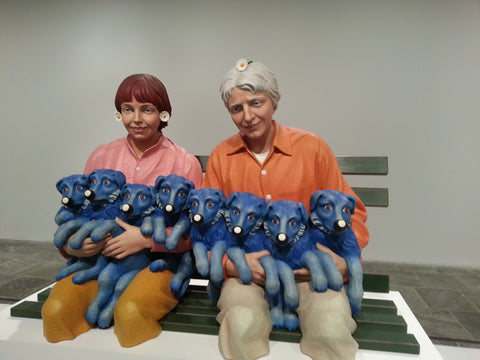
The young Koons had an unquenchable interest in art and was an aspirant painter. However, his early education wasn't in arts; Koons attended York Catholic High School and was a member of the school's football and wrestling teams.
After graduating high school, Koons attended the Maryland Institute College of Art in Baltimore to study art education. Three years later, in 1975, he transferred to the School of the Art Institute of Chicago, where he would explore different understandings of art and cultivate himself as an artist.
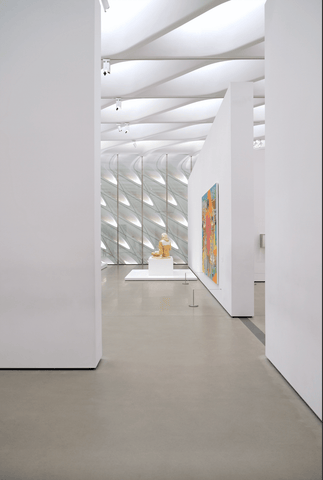
Famous artists who stood out with their revolutionary approaches that challenged conventional rules, such as Salvador Dali or Marchel Duchamp, were the main influences of Koons during these years. While studying art, Koons also worked as a studio assistant to the artist Ed Paschke, an experience that would have an unpredictable influence on his future works.
In 1976, Koons left for New York City and pursued a career in art. The late 70s were a time of profound changes in America's art scene. Novel ideas introduced by famous artists like Andy Warhol and Jasper Johns were challenging the artistic norms of the time, and a burgeoning interest in social topics was spreading.
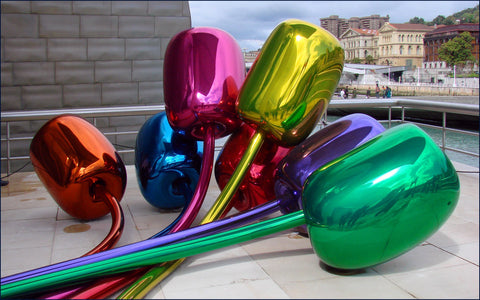
Koons suddenly found himself in the middle of an artistic revolution. Little did he know his works would be among the most renowned works of the time and influence tens of thousands of future artists.
His Early Works
The emerging art scene in the 1970s and 1980s had a deep influence on Koons' early works. Works of famous Pop Artists of the time inspired the young artist to try out new styles to find his own artistic identity. Thus, Koons started to explore new topics in art, such as pop culture elements, mass media, and everyday objects.
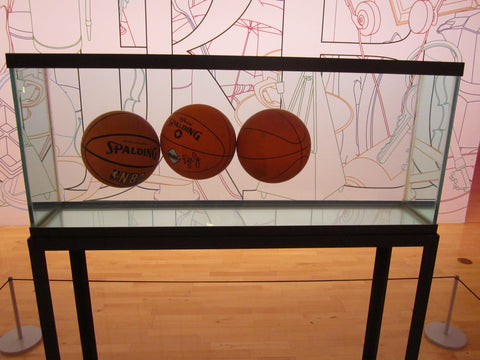
Among Koons's early works was a series of sculptures involving a tank filled with water in which basketballs were hung. The artist had a fondness for sports, particularly basketball, and the piece was a nod to this passion. However, the sculpture was more than aesthetic; it was unsettling and startling. It used the physical properties of water to create a sense of awe and tension.
Koons' first artworks attracted attention, which prompted the artist to continue working with his imagination to turn more everyday objects into art. His next project involved vacuum cleaners mounted on plexiglass pedestals. While his work openly challenged the conventional norms of art, he highlighted the beauty in things.
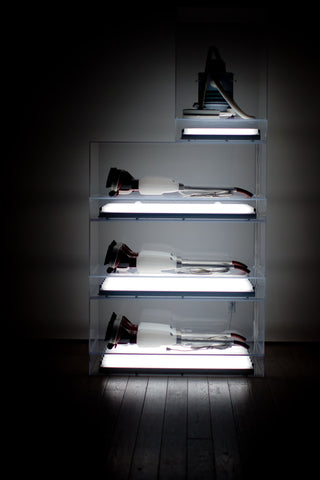
From Luxury and Degradation to Banality
Luxury and Degradation and Banality were two of Jeff Koons’ most well-known works. The artist aimed to explore consumerism in American society through these projects. Therefore, he used everyday objects, images, and materials to create visually stunning pieces that conveyed a rather complex message.
The first project, Luxury and Degradation, was essentially a collection of luxury items, such as designer handbags, cigarette packs, liquor bottles and so on. Being the radical artist himself, Koon avoided using conventional materials, such as bronze or marble, to create his sculpture; he primarily used stainless steel to give his work a more industrial look.
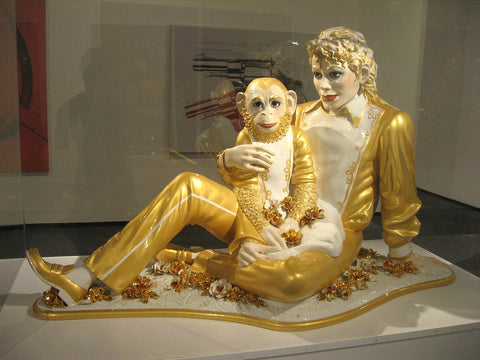
The use of industrial materials made the sculpture series appear sleeker and more modern. By making it the essence of the work, Koons demonstrated that everything could become a work of art, even the most mundane of objects.
In the late 1980s, Koons started to work on a new project named Banality. The project was a series of sculptures that depicted ordinary items, such as necklaces or bibelots. The series used advertising language to make the objects seem more typical.
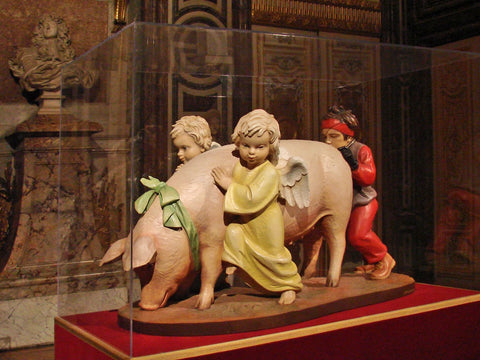
The items' purposeful "banality" was a technique for Koons to demonstrate how creative touch might take an object to the domain of artistic expression. The project also alluded to artists' newfound significance in everyday life. Unlike previous high-class artists, the contemporary artist was a member of society who dealt with societal difficulties and changes.
Balloon Dogs and a Great Fame
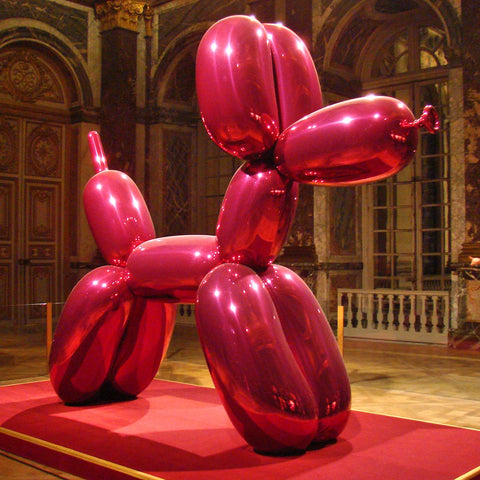
Balloon Dogs might be the most famous Jeff Koons sculpture. Like his previous works, Balloon Dogs also includes a series of sculptures that depict large-scale balloon animals. The smooth and polished surfaces and vivid colours of the sculptures make them look like balloon animals.
Despite being developed in the 1990s, Jeff Koons Balloon Dog sculpture is the artist’s most widely displayed work. The artist created several variations of the work in varied colours and styles. With the project's critical interpretation as a reference to materialism and current society, Balloon Dogs has been established as a Pop Art symbol. Balloon Dogs' widespread appeal makes them one of the most referenced works of our time. The sculptures have appeared in a variety of media, from TV shows to mainstream films.
Best with Artchi
Do you like contemporary art? You can check out our extensive collection of artworks! Artchi provides you with a myriad of pieces, from artistic wall art to creative paintings, that'll add a pop of personality and artistic taste to your home.

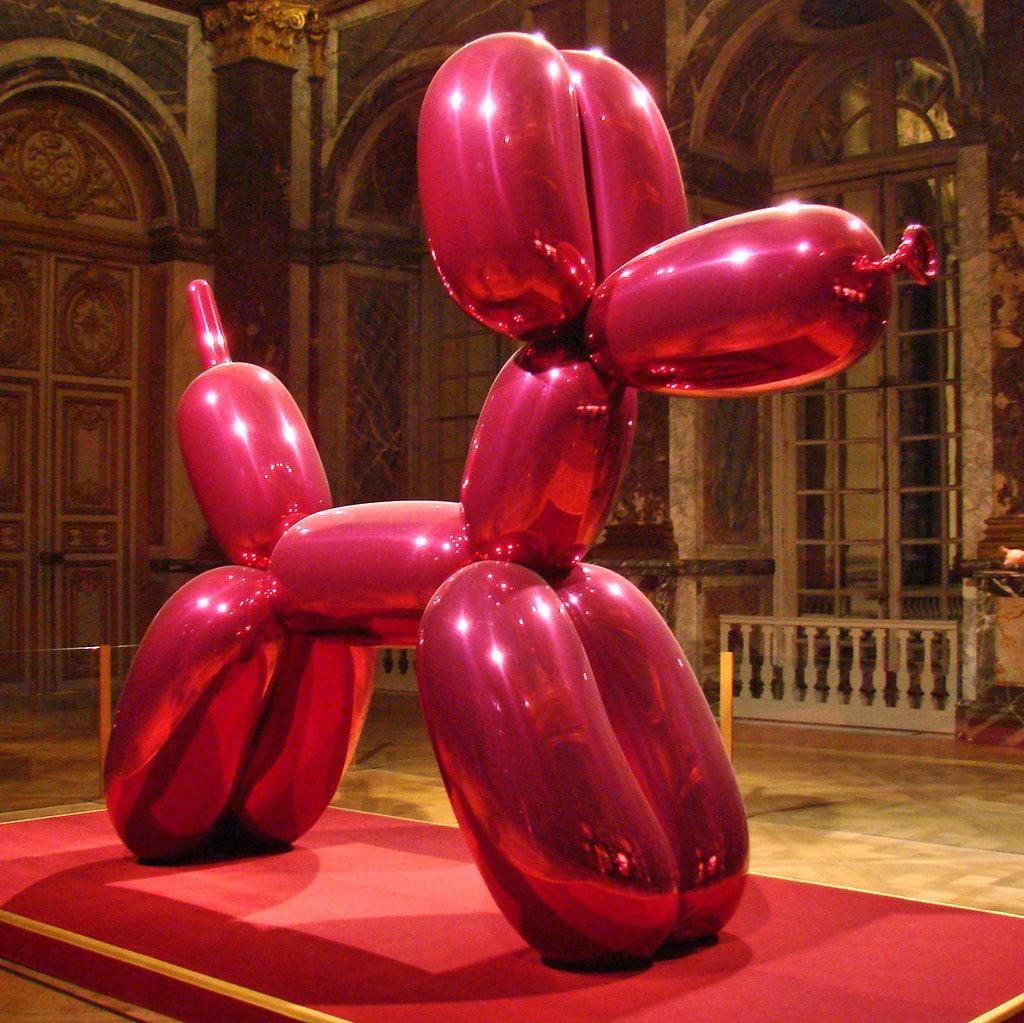
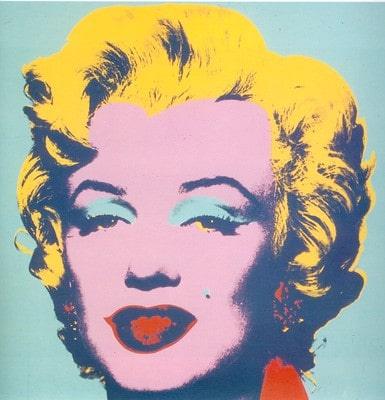
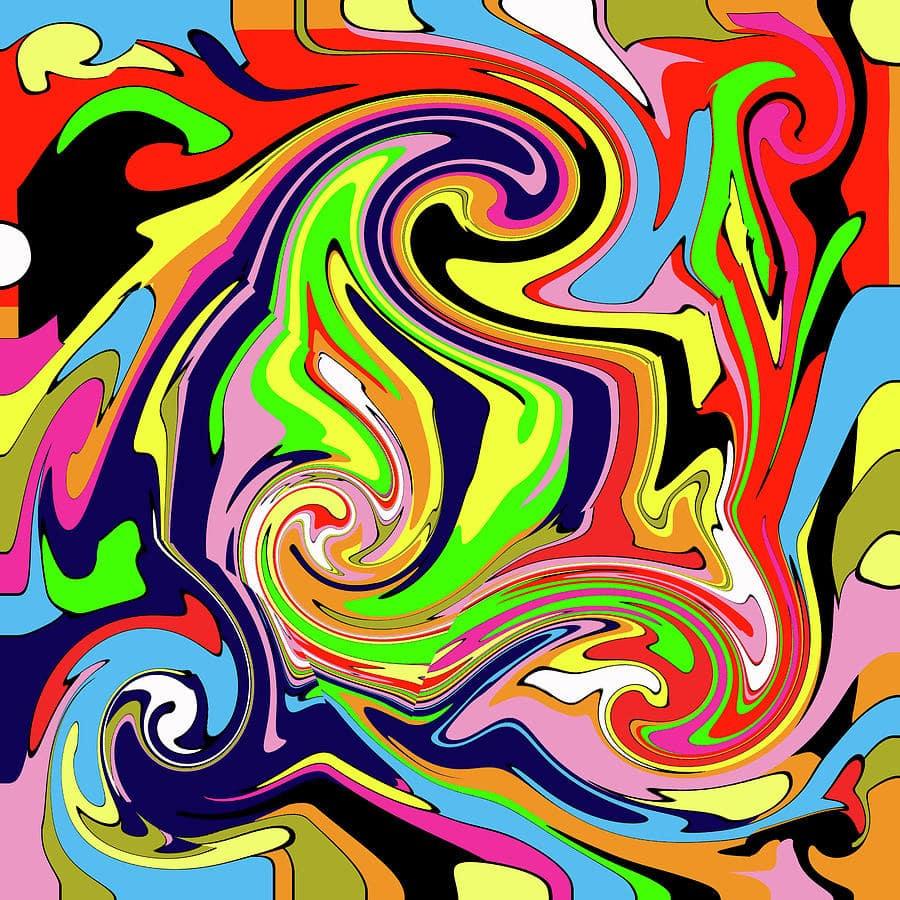



Leave a comment
All comments are moderated before being published.
This site is protected by hCaptcha and the hCaptcha Privacy Policy and Terms of Service apply.